Your Raspberries Go Bad in 2 Days. Here’s How to Make Them Last a Week.
I’ve spent a lot of time around raspberries—growing them, picking them, and watching people’s faces light up at the farmers’ market. But I’ve also seen that look of disappointment when someone mentions their beautiful berries turned to mush overnight. It’s a classic story: you pay a premium, maybe $6 or $7 for a perfect-looking pint, only to open the fridge the next day to a sad, fuzzy science experiment. It’s frustrating, and honestly, a waste of money.
In this article
The standard advice to just pop them in the fridge and cross your fingers? That’s not a strategy, it’s a gamble. Raspberries are one of the most delicate fruits out there, and they need to be handled with a bit of respect.
Over the years, after endless trial and error and chats with chefs and other growers, I’ve landed on a system that works. It’s not about fancy gadgets; it’s about understanding what makes these berries so fragile and working with their nature, not against it. This is the professional approach, tweaked for a regular home kitchen. With this method, you can enjoy fresh, perfect raspberries for days longer than you ever thought possible.
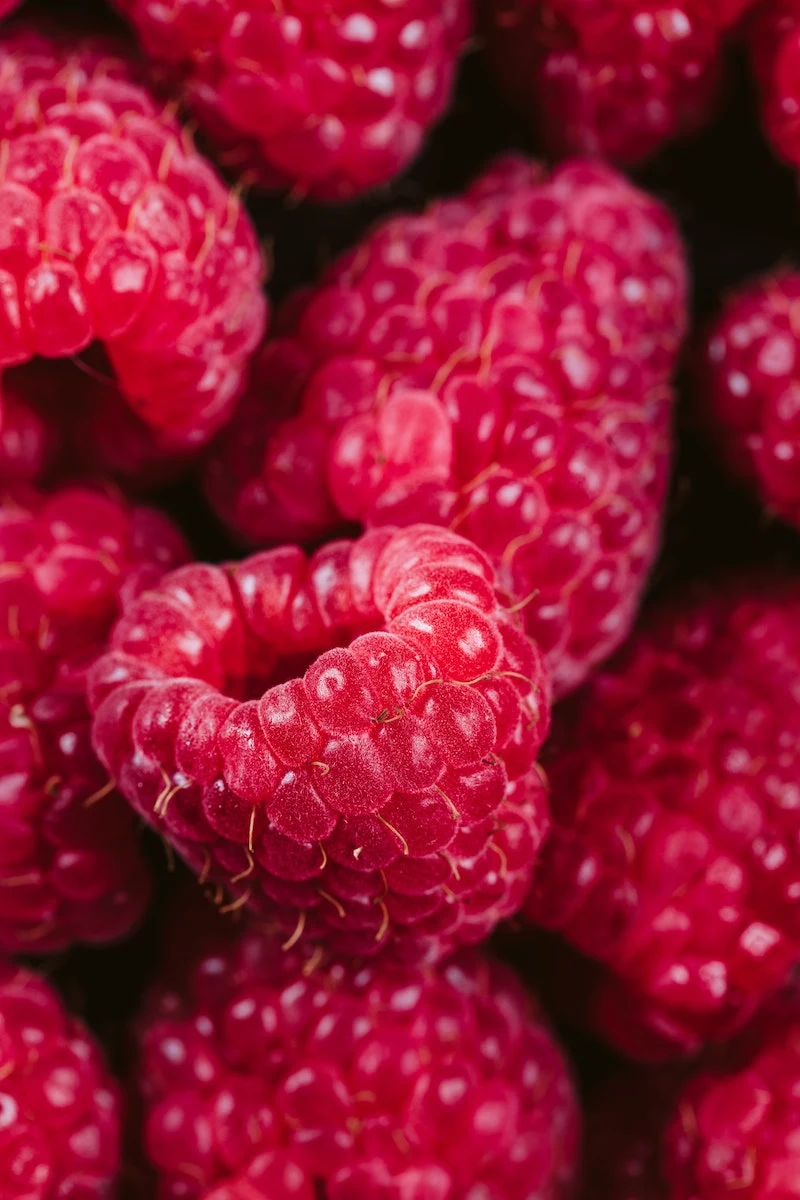
First, Why Are Raspberries So Fragile Anyway?
To really protect your berries, it helps to know what you’re up against. A raspberry isn’t a single, solid fruit. Think of it more like a delicate cluster of tiny, individual juice-filled sacs (the experts call them drupelets). They’re all gathered around a hollow center, which is why they crush so easily. There’s no internal structure to protect them.
On top of that, the skin is incredibly thin and porous, meaning it soaks up water like a sponge. When you wash raspberries the wrong way or store them where it’s too humid, they get waterlogged, break down, and turn into that familiar soft mess. This soggy environment is the perfect breeding ground for their number one enemy: gray mold.
You can’t see the spores, but trust me, they’re there—on the berries, in the air, just waiting for their moment. All they need is a little moisture and warmth to bloom into that fuzzy blanket that can ruin a whole container in less than 24 hours. So, our entire strategy is built around keeping those spores from waking up.
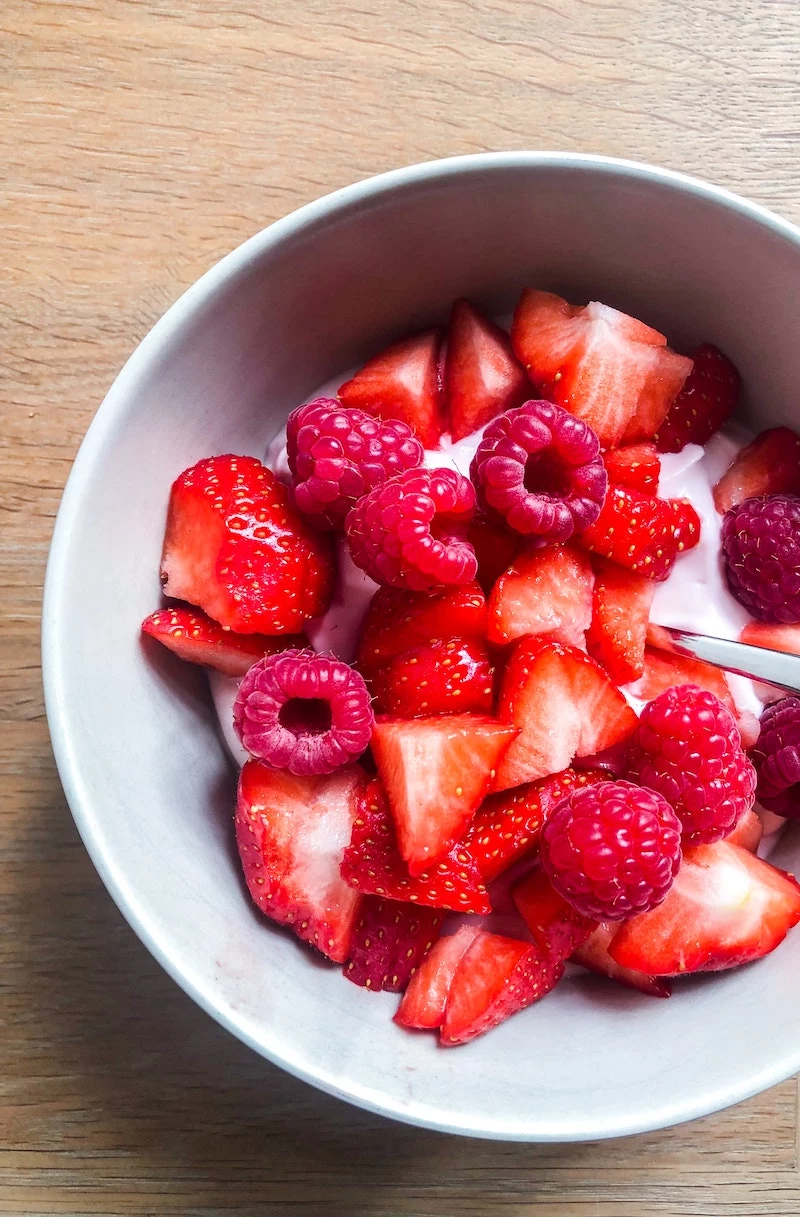
How to Pick a Perfect Pint Every Time
Your success story begins at the store or the farm stand. Choosing the right berries is half the battle. You have to be a bit of a detective.
First, look for berries that are plump, firm, and have a deep, even color. A dull, faded look usually means they’re past their prime. They should have a soft, natural glow, not a wet, weeping look—that’s a sign they’re already starting to break down.
Next, and this is a big one, pick up the plastic clamshell and gently turn it over. Check the absorbent pad at the bottom. Do you see any dark, wet stains? That’s a red flag. It means berries at the bottom are already crushed and leaking juice. That moisture is a mold-spreading machine. If you see stains or any hint of fuzz, put it back and grab another one. Don’t take the risk.
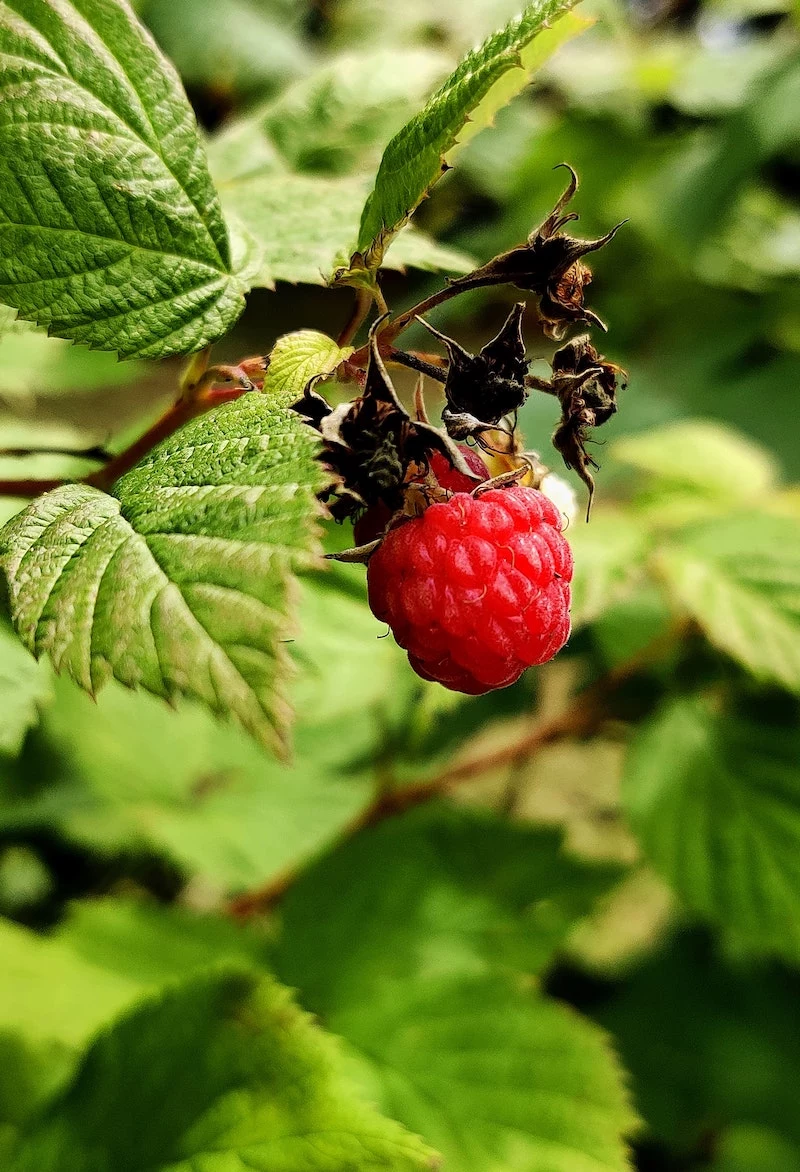
And if you’re picking your own, it’s simple: a ripe raspberry will practically fall off its core with a gentle tug. If you have to pull, it’s not ready. Give it another day.
The 5-Minute Trick to Keep Berries Fresh All Week
Okay, you’ve brought your perfect berries home. Now what? The first hour is critical. I once left a few flats of gorgeous berries in my truck on a warm day while I ran an errand. An hour later, they were basically cooked in their containers—soft, mushy, and ruined. Don’t let your car turn into a berry sauna!
Get them straight into the kitchen and give them this quick spa treatment. It’s the difference between berries that last two days and berries that last a week.
What you’ll need:
- A large bowl
- Plain white vinegar (the cheap stuff is perfect)
- Cool water
- Paper towels or a clean kitchen towel
- A breathable storage container (more on this in a second)
Here’s the step-by-step process:
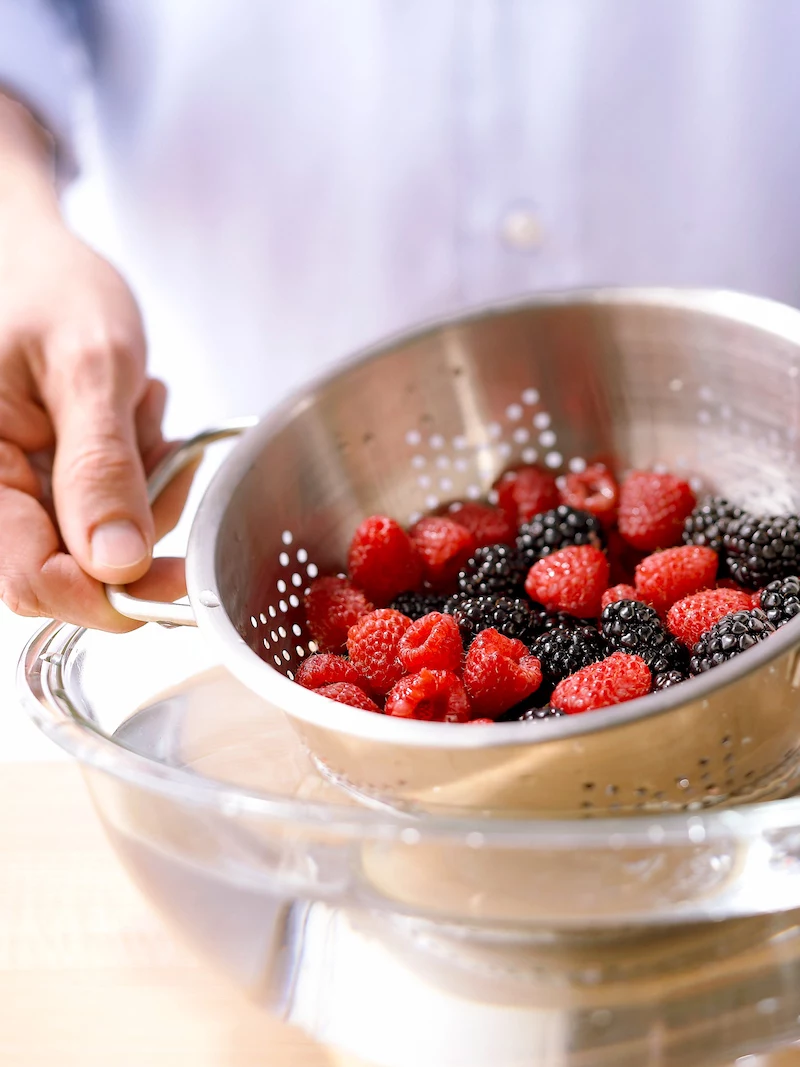
1. The Vinegar Bath: In your large bowl, mix a solution of four parts cool water to one part white vinegar. For example, 4 cups of water and 1 cup of vinegar. Don’t eyeball it; the ratio is important. Submerge the raspberries in the bowl and gently swish them around for about 60 seconds. Why vinegar? It’s a natural and food-safe disinfectant that kills any mold spores and bacteria on the berries without harming them. This is the secret weapon.
2. The Rinse: Drain the berries in a colander and give them a gentle but thorough rinse with fresh, cool water to wash away any lingering vinegar taste. Don’t worry, they won’t taste like a salad!
3. The Drying Process (DO NOT SKIP THIS): Now for the most important step. You have to get the berries completely dry. Wet berries are moldy berries. Spread them out in a single layer on a tray lined with paper towels or a clean, fluffy kitchen towel. Let them air-dry, or gently pat them dry. A common mistake is being impatient here. If you are, here’s a lesser-known trick: use a salad spinner! Line the basket with a few paper towels, add the berries, and give them a few gentle, slow spins. It works like a charm.
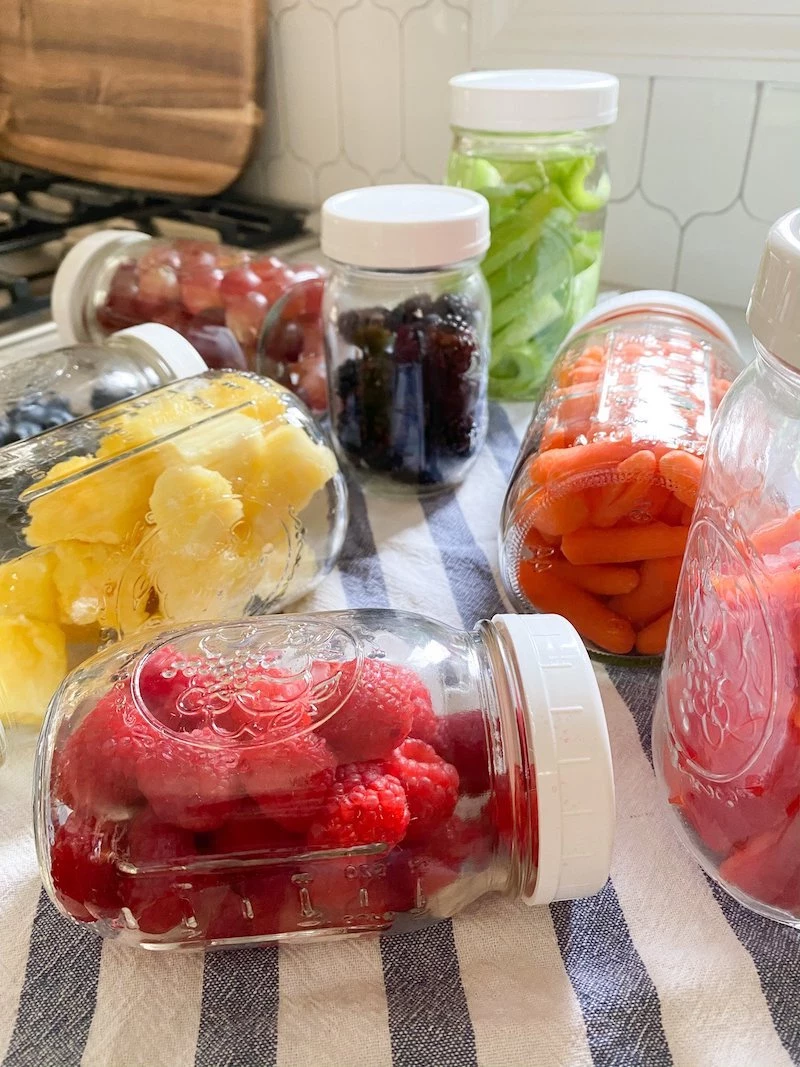
The Secret to Smart Storage
Once your berries are clean and bone-dry, it’s time to put them to bed. Do not, I repeat, DO NOT just dump them back into the plastic clamshell they came in. Those containers are designed for shipping, not for long-term freshness. They trap moisture and squish the berries.
Instead, find a wide, shallow container, preferably glass. Line the bottom with a fresh, dry paper towel to absorb any extra moisture. Arrange the berries in a single layer. You want to give them some personal space so they aren’t crushing each other. Airflow is your friend.
Finally, don’t seal the container tightly. Either leave the lid slightly cracked or use a container with a vented lid. This lets humidity escape instead of building up inside. Store them in the main part of your fridge, not the crisper drawer, which is often too humid.
And that’s it. Think about the difference: before, you were lucky to get two days out of a $7 pint. After taking five minutes to do this, you can expect your raspberries to stay plump, fresh, and delicious for up to a week. You’ll save money, reduce food waste, and get to enjoy every single berry you paid for.
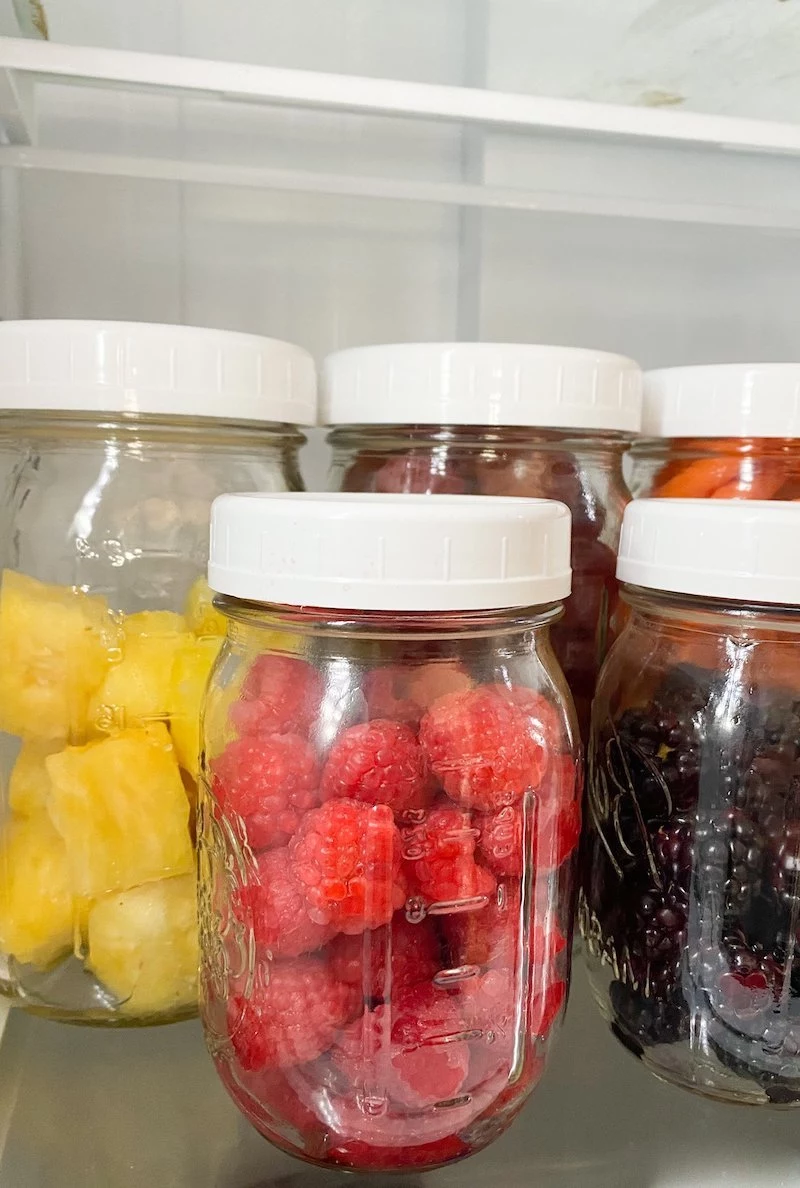
Give this a shot with your next batch and see for yourself. I’d love to hear how many extra days of freshness you got!
Inspirational Gallery
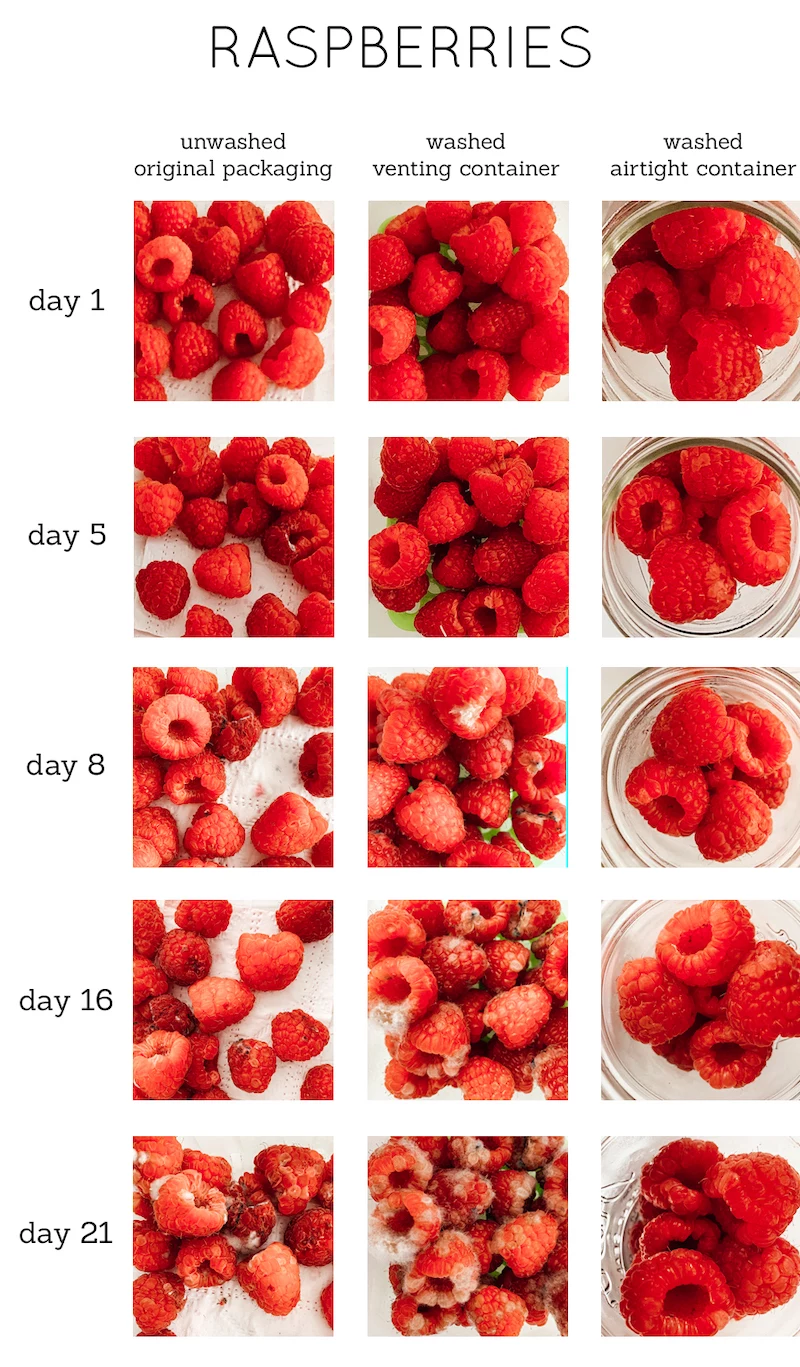
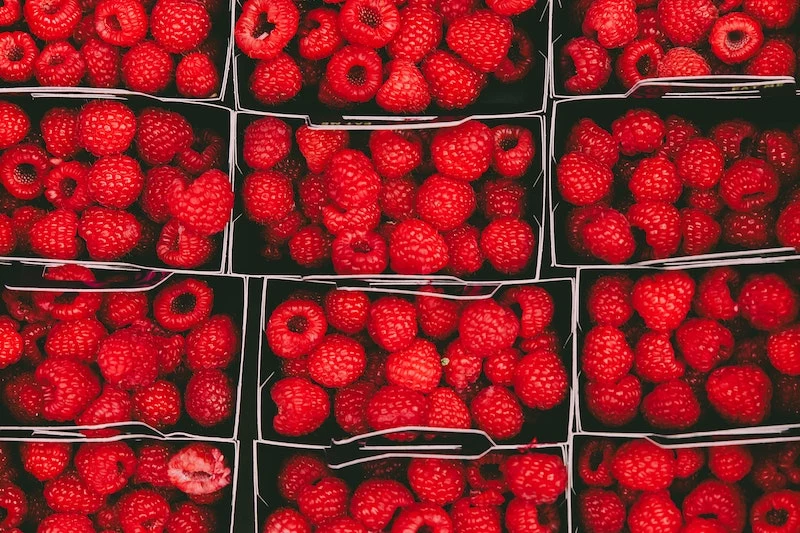
Specialized Berry Keepers: Containers like the OXO Good Grips GreenSaver or Rubbermaid FreshWorks use features like carbon filters and elevated colanders to boost airflow and absorb ethylene gas. They’re an investment for a high-tech solution.
The DIY Method: A simple glass container lined with a quality paper towel (like Viva or Bounty) on the bottom and top is surprisingly effective. The goal is the same: to wick away every drop of moisture.
Which is better? The DIY approach delivers great results for less, but a dedicated keeper is a convenient, all-in-one system if you eat berries frequently.
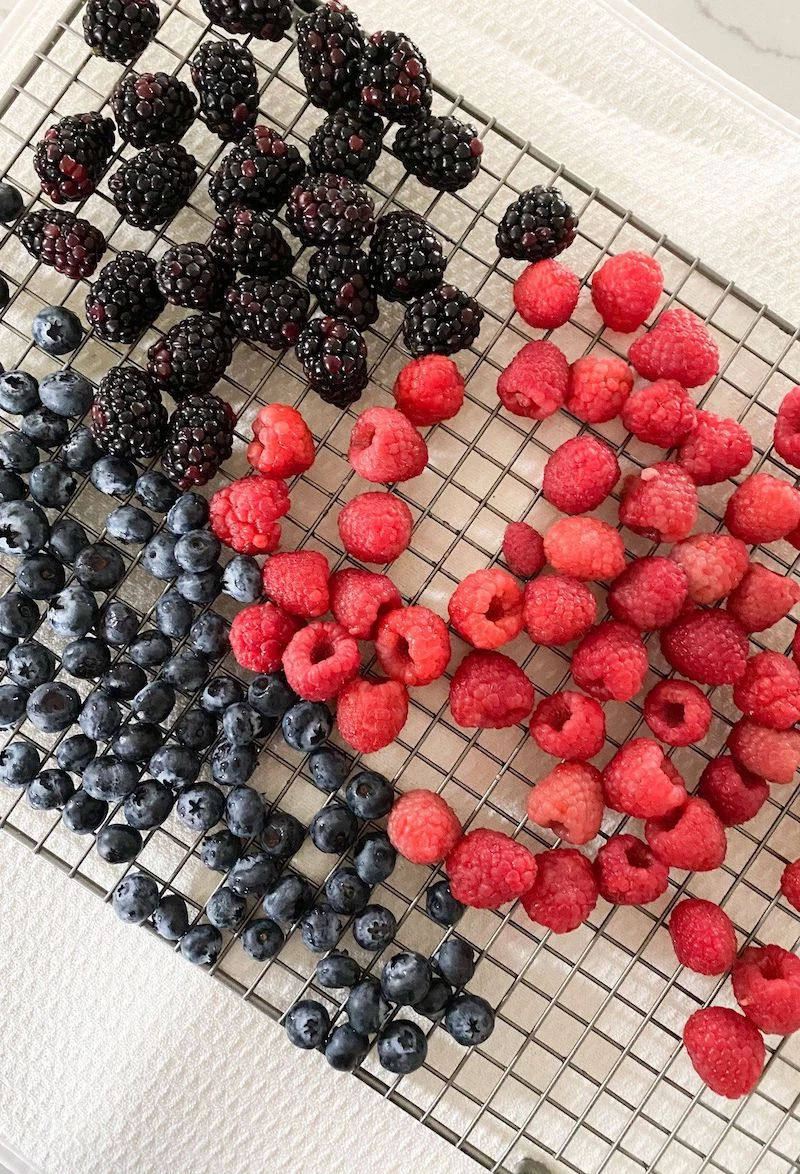
According to the Natural Resources Defense Council, up to 40% of food produced in the United States goes uneaten. Highly perishable produce like berries contributes significantly to this waste, often discarded due to their very short shelf life.
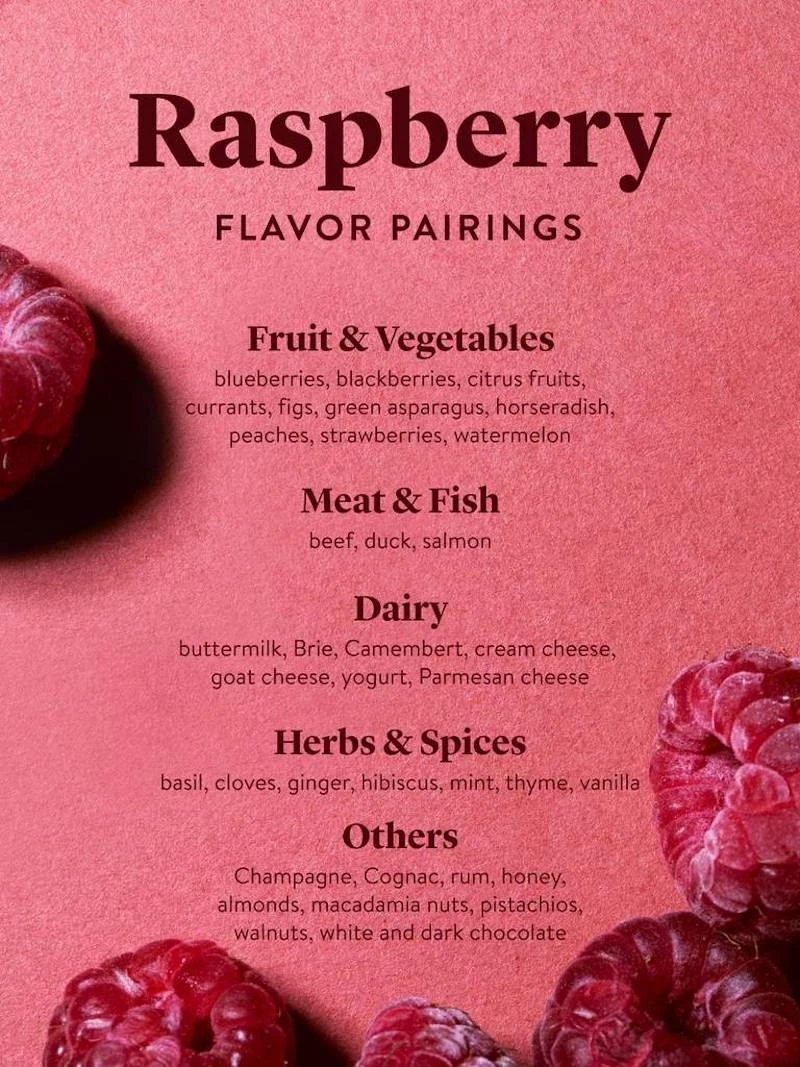
What’s the deal with golden or black raspberries I see at the market?
While red raspberries have that classic sweet-tart profile, other varieties offer a different experience. Golden raspberries are typically much sweeter with honey-like notes. Black raspberries, or ‘blackcaps,’ are more intense and earthy with a flavor reminiscent of red wine. Be warned: both can be even more delicate than their red cousins, so plan to use them the day you buy them.
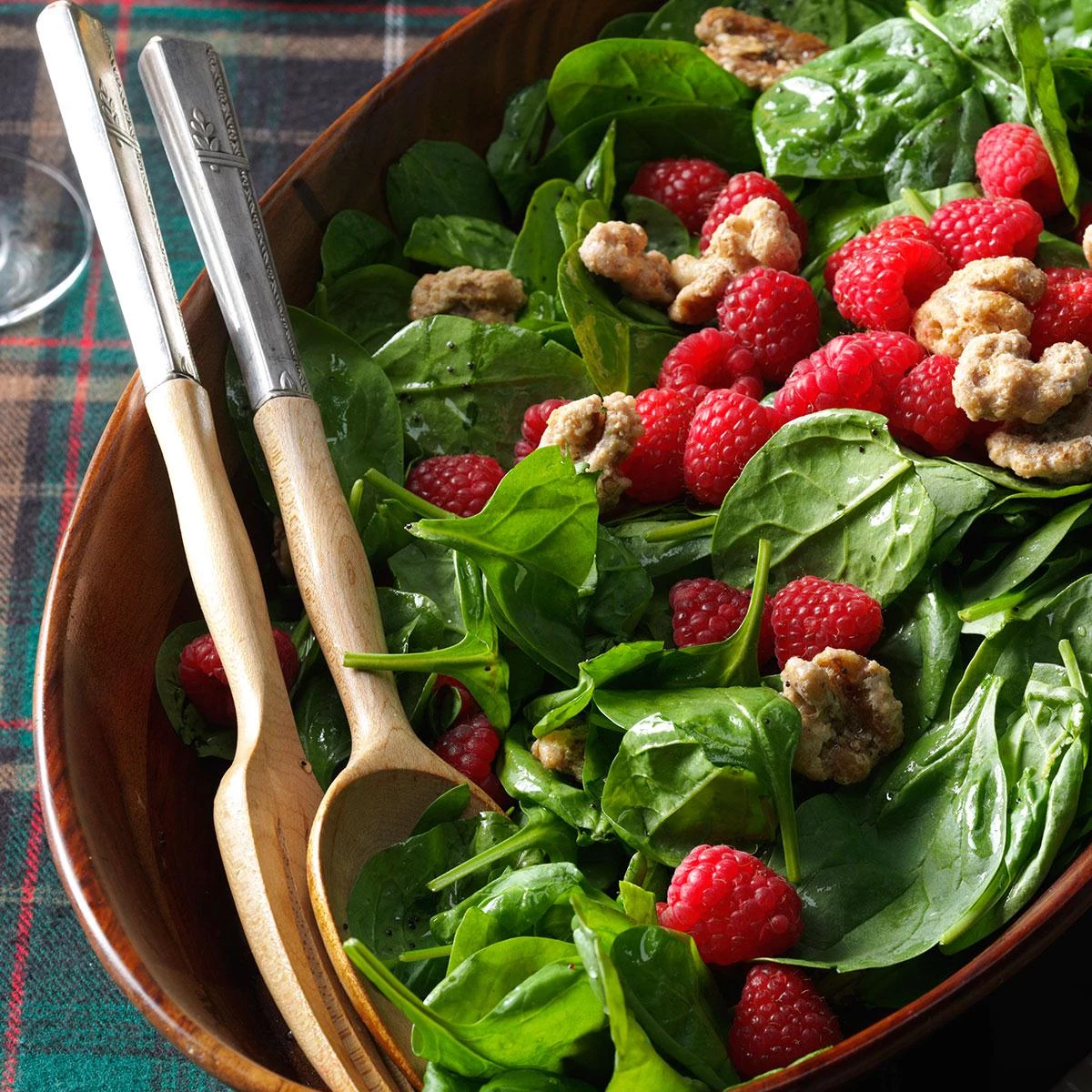
Even slightly soft raspberries are packed with flavor. Instead of tossing them, try one of these 2-minute rescues:
- Blend them with a teaspoon of sugar and a squeeze of lemon juice for an instant dessert coulis.
- Muddle them at the bottom of a glass before adding sparkling water or iced tea.
- Freeze them in an ice cube tray with water to add a splash of color and flavor to future drinks.
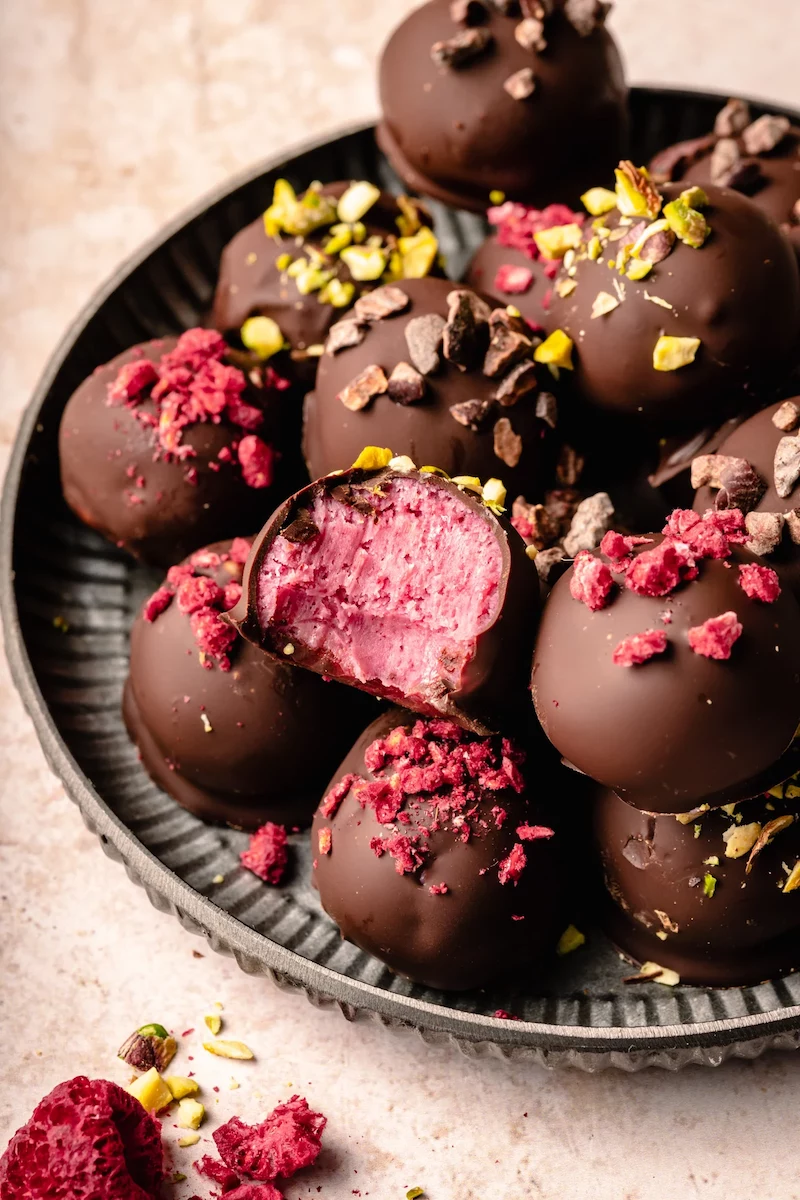
Think beyond cream. The bright acidity of a raspberry is a fantastic counterpoint to more complex flavors. Try scattering a few fresh berries over a goat cheese tart with fresh basil. For a truly sophisticated pairing, a drizzle of high-quality aged balsamic vinegar over a simple bowl of raspberries will amplify their deep, fruity notes.
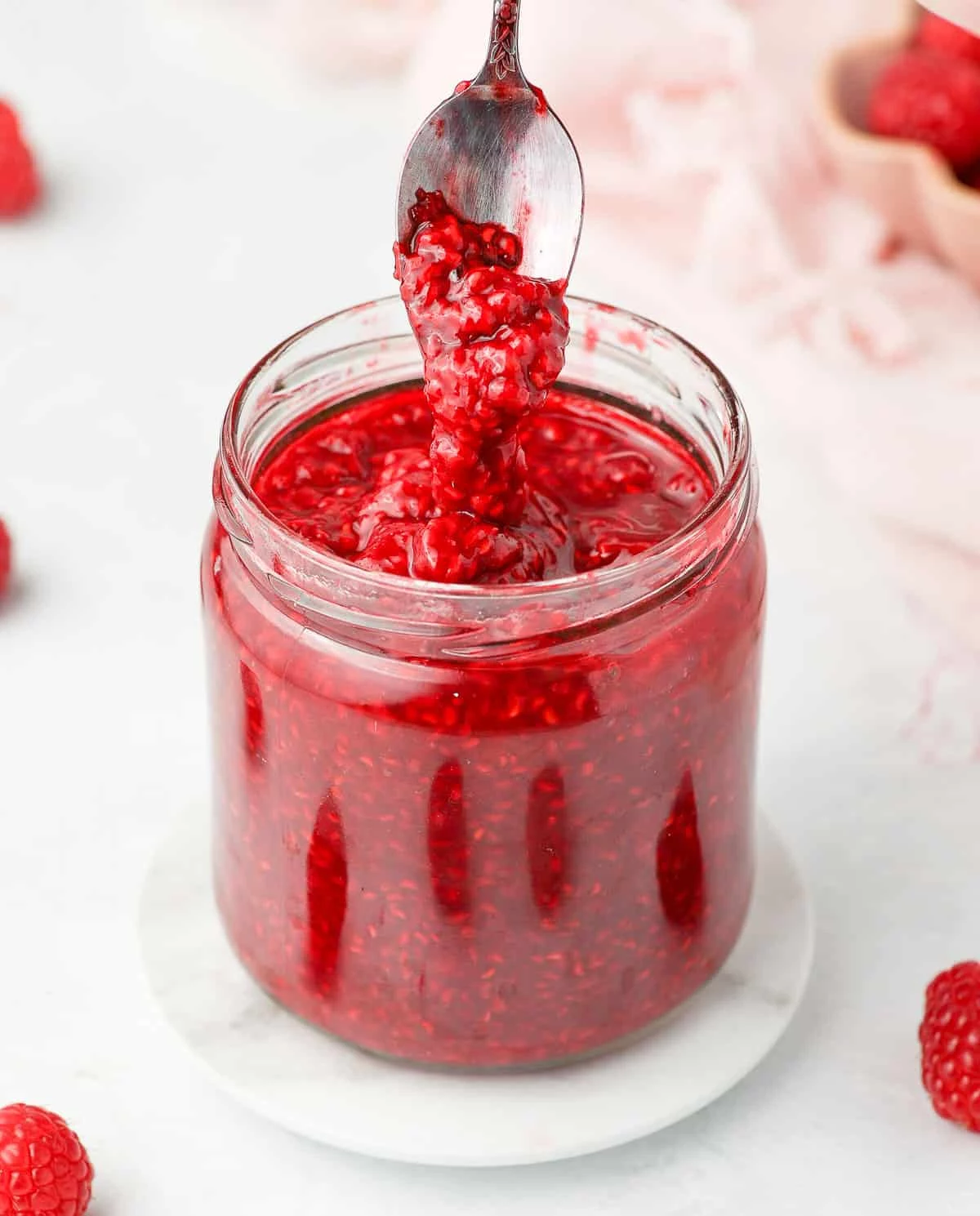
- Perfectly preserved peak-season flavor for months.
- Individually frozen berries that won’t clump into a solid block.
- Ready to be dropped into smoothies, muffin batter, or oatmeal all winter.
The secret is flash freezing. After washing and drying them meticulously, spread the raspberries in a single layer on a parchment-lined baking sheet. Freeze until solid (about 2 hours), then transfer them to a sealed freezer bag or container.

The iconic meringue dessert Pavlova was named after the Russian ballerina Anna Pavlova in the 1920s to evoke her ethereal lightness.
It’s no coincidence that raspberries are a classic topping. Their sharp tartness cuts perfectly through the sweetness of the meringue and cream, while their delicate structure doesn’t crush the fragile shell. It’s a perfect textural and flavorful match.
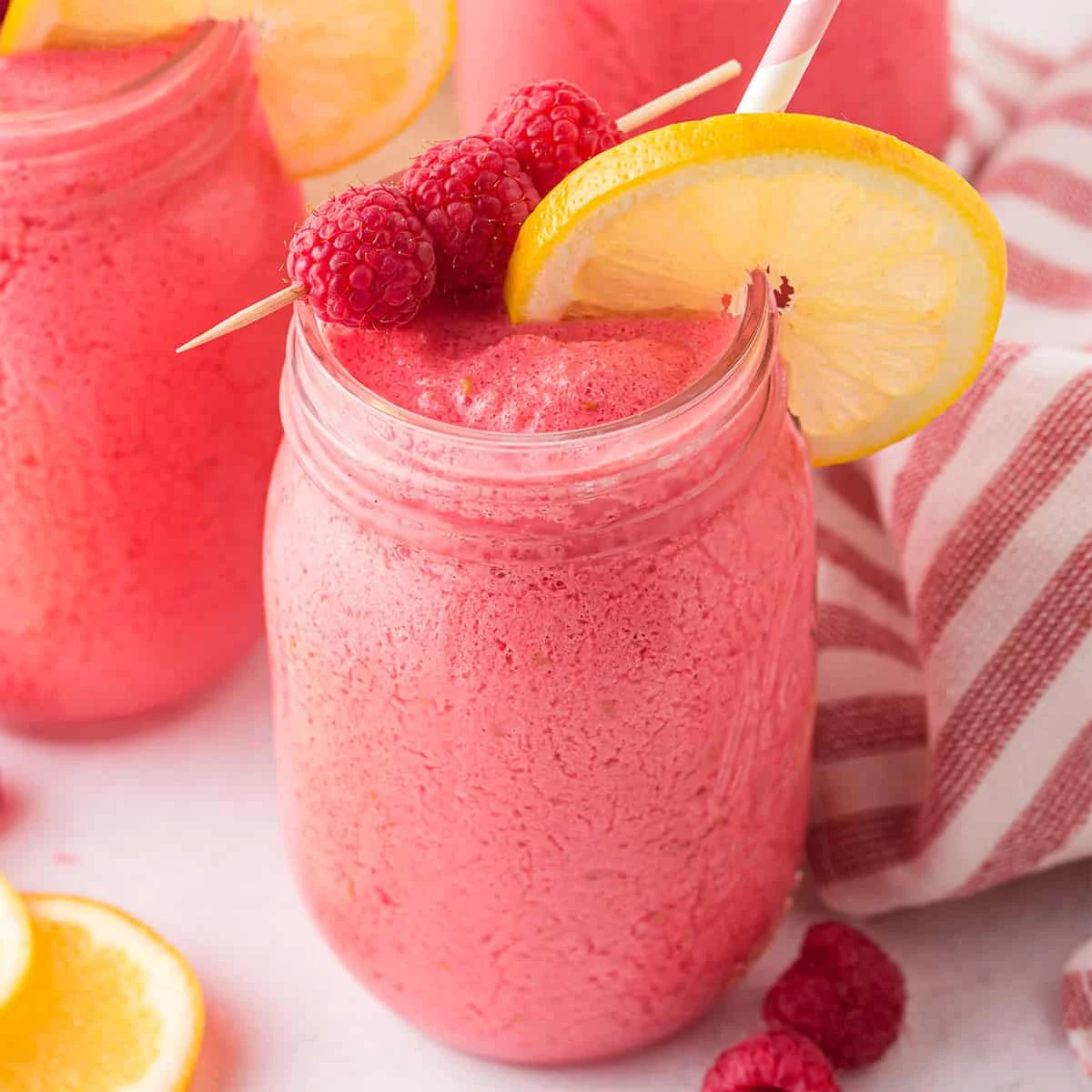
The #1 Mistake: Storing raspberries in the plastic clamshell they came in. Those containers offer poor ventilation and trap condensation from your fridge, creating a miniature greenhouse for mold to thrive. Always transfer them for better results.
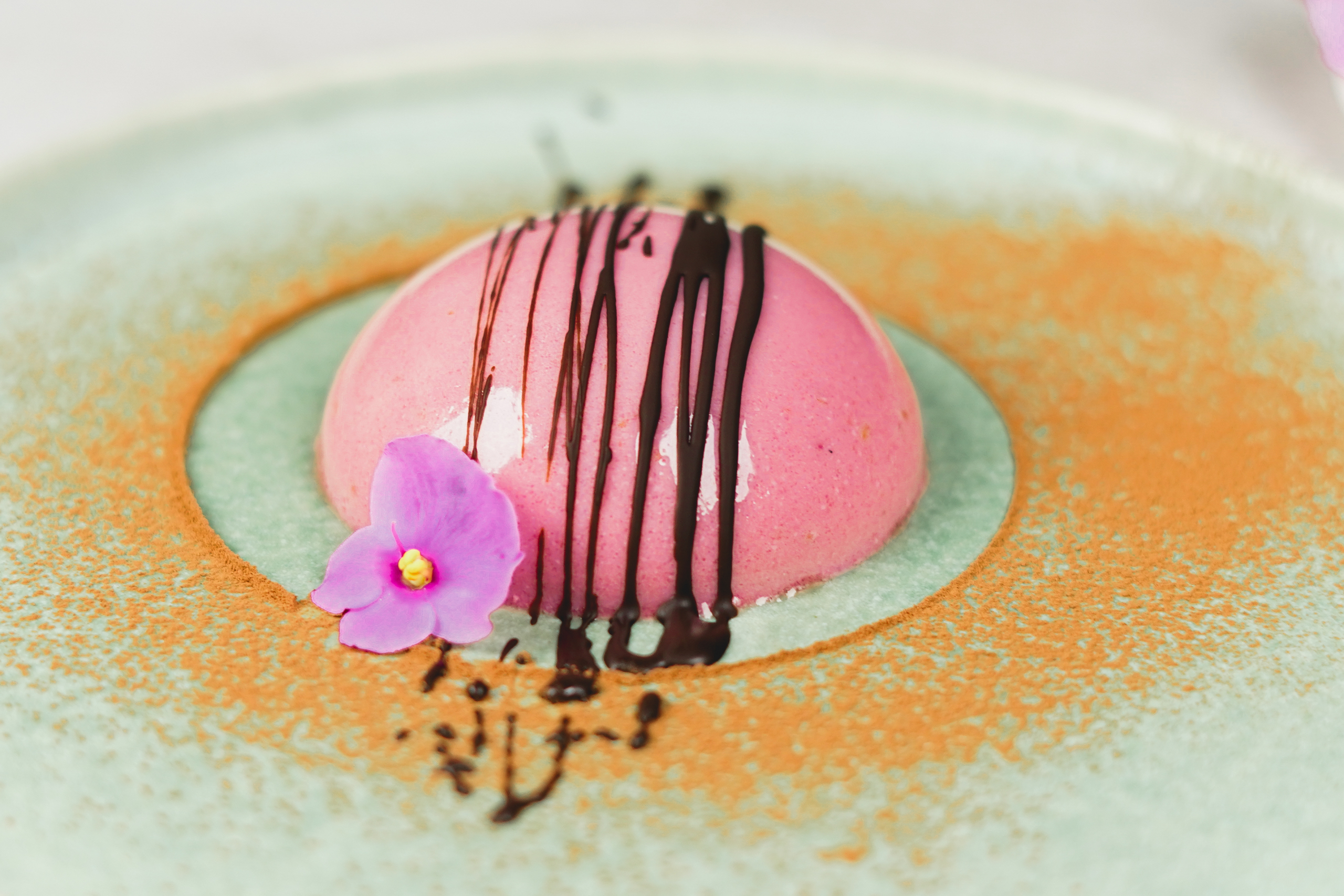
Capture summer in a bottle by making raspberry-infused vinegar. Simply place a cup of gently rinsed and dried raspberries in a clean jar, cover with white wine vinegar, and let it steep in a cool, dark place for a week before straining. It’s a fantastic base for salad dressings.

For baking projects like pies, muffins, or scones where the berries will cook down, using high-quality frozen raspberries is a smart, budget-friendly move. You get all the concentrated flavor of peak-season fruit without the premium price tag of fresh pints.
Why does raspberry mold spread so fast?
The culprit, a fungus named Botrytis cinerea, is a necrotrophic pathogen. This means it doesn’t just live on the fruit; it actively kills the berry’s cells to feed on them. The raspberry’s ultra-thin skin and high water content provide the perfect easy-access point for this attack. This is why keeping the berries bone-dry is the most critical step—it’s the only way to disrupt the fungus’s life cycle.










